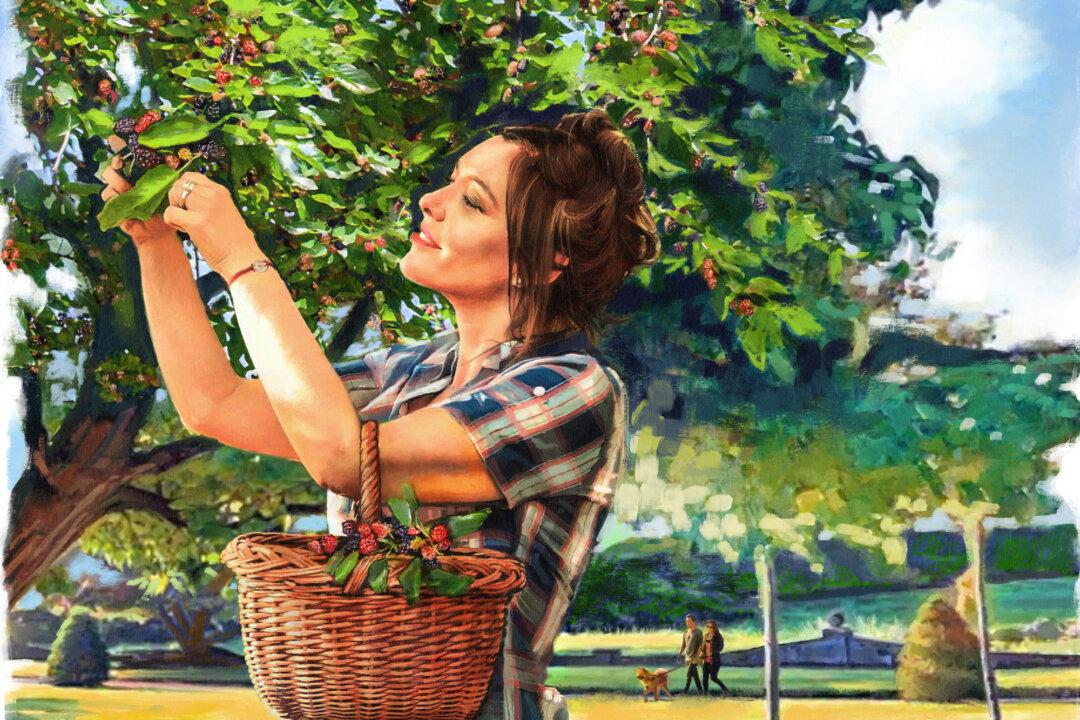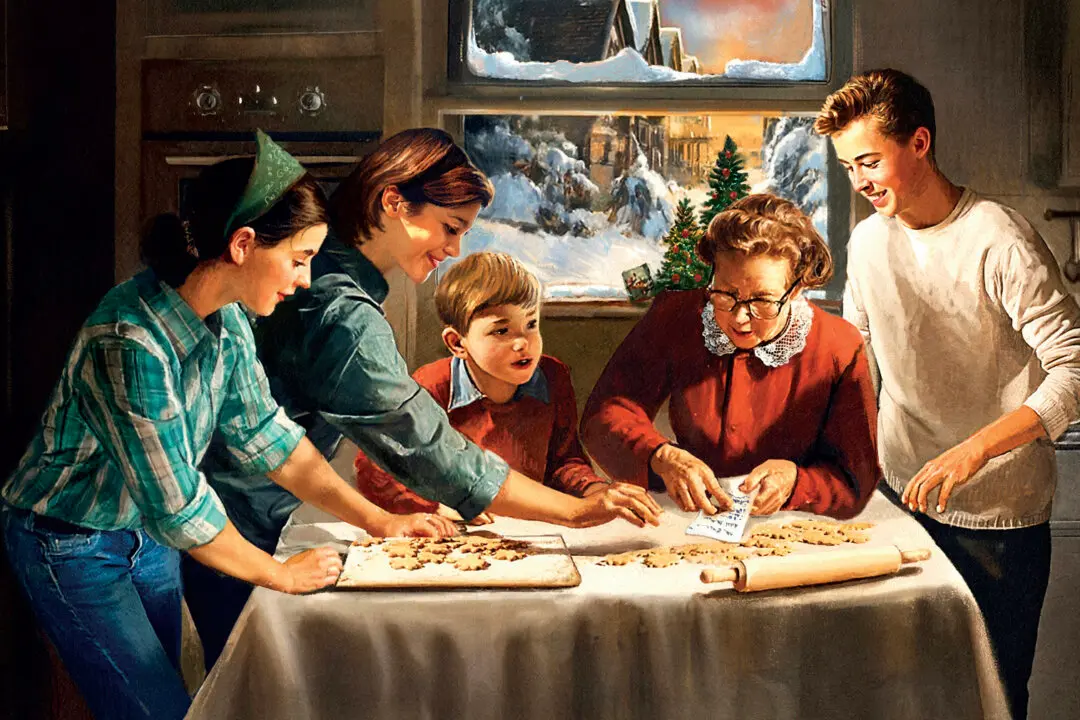Living in a major American metropolis almost guarantees you’ll see some notable sights—police chases, rowdy gangs—you know, the usual. But in the past few years, I’ve seen a more unexpected sight: people foraging along the city parkway where I live.
Admittedly, I’ve met such a sight with internally raised eyebrows, chalking the unusual nature of such urban foraging up to the fact that the people doing it appeared to be from some of the many immigrant enclaves located in my city. Perhaps foraging was a cultural thing unfamiliar to the American way of life, ran my subconscious reasoning.






